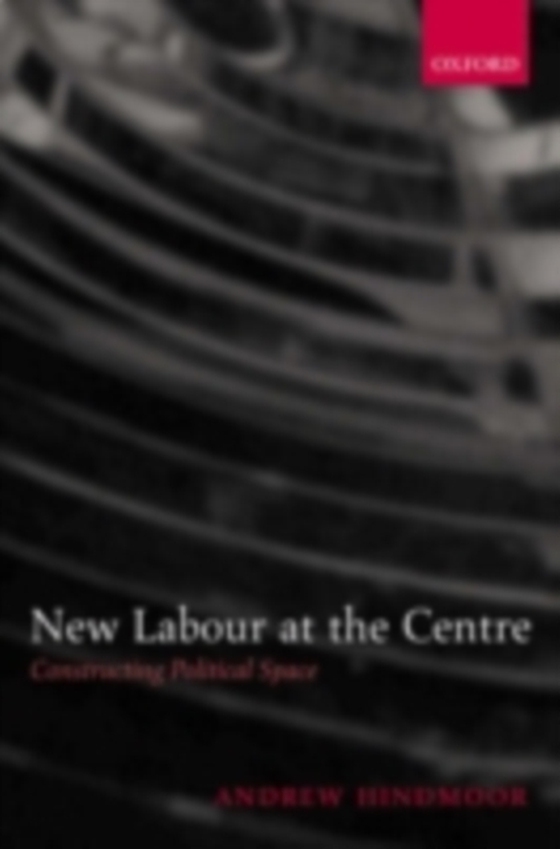
New Labour at the Centre e-bog
583,01 DKK
(inkl. moms 728,76 DKK)
Taking as its starting-point Anthony Downs' seminal work, An Economic Theory of Democracy, this book draws upon insights generated within economics, political psychology, and the study of rhetoric to examine the way in which New Labour achieved and maintained its electoral hegemony from 1994. Journalists and politicians routinely attribute New Labour's electoral success to its occupation of t...
E-bog
583,01 DKK
Forlag
OUP Oxford
Udgivet
11 november 2004
Genrer
1DBK
Sprog
English
Format
pdf
Beskyttelse
LCP
ISBN
9780191534164
Taking as its starting-point Anthony Downs' seminal work, An Economic Theory of Democracy, this book draws upon insights generated within economics, political psychology, and the study of rhetoric to examine the way in which New Labour achieved and maintained its electoral hegemony from 1994. Journalists and politicians routinely attribute New Labour's electoral success to its occupation of the 'centre-ground'. This book is interested in the question of how New Labour moved to the right and towards the centre. The obvious answer to this question is that New Labour moved by changing its policies. Against this, the book contends that changes in policy cannot in themselves constitute a complete explanation of changes in spatial position. They cannot do so because there is no pre-givenand fixed relationship between policies and position such that the rejection of one policy and the adoption of another moves a party from one position to another. Policies are not immutably left-wing, right-wing, or centrist and so, given that the position a party is thought to occupy is a functionof the policies to which it is committed, parties are not immutably left-wing, right-wing, or centrist either. The relationship between policy and position and thereby between parties and position is constructed and is in part constructed by parties themselves. New Labour did not simply move to the centre. It had to persuade the media, voters, and other parties that it had moved to the centre. New Labour achieved and maintained its electoral hegemony not simply by changing one set of policiesfor another. It achieved and maintained its hegemony by successfully constructing its policies as centrist.
 Dansk
Dansk

